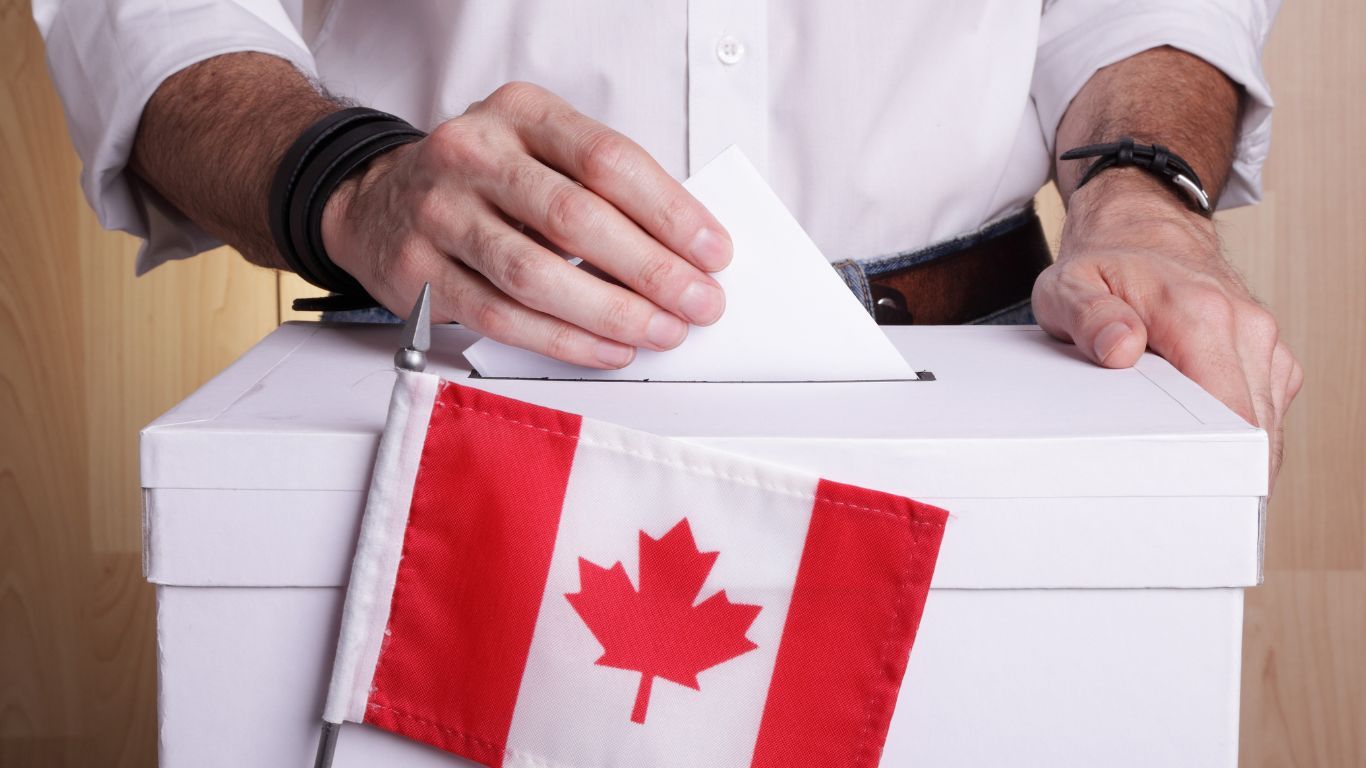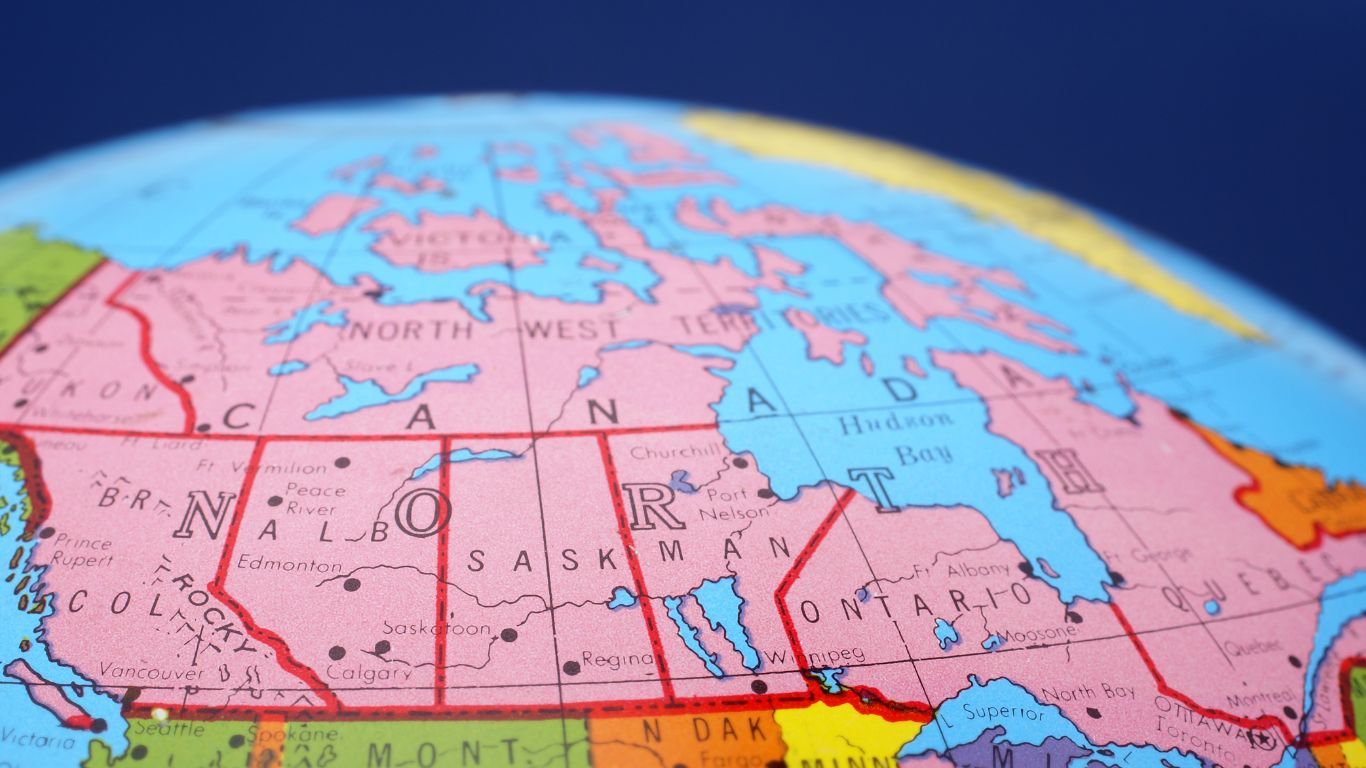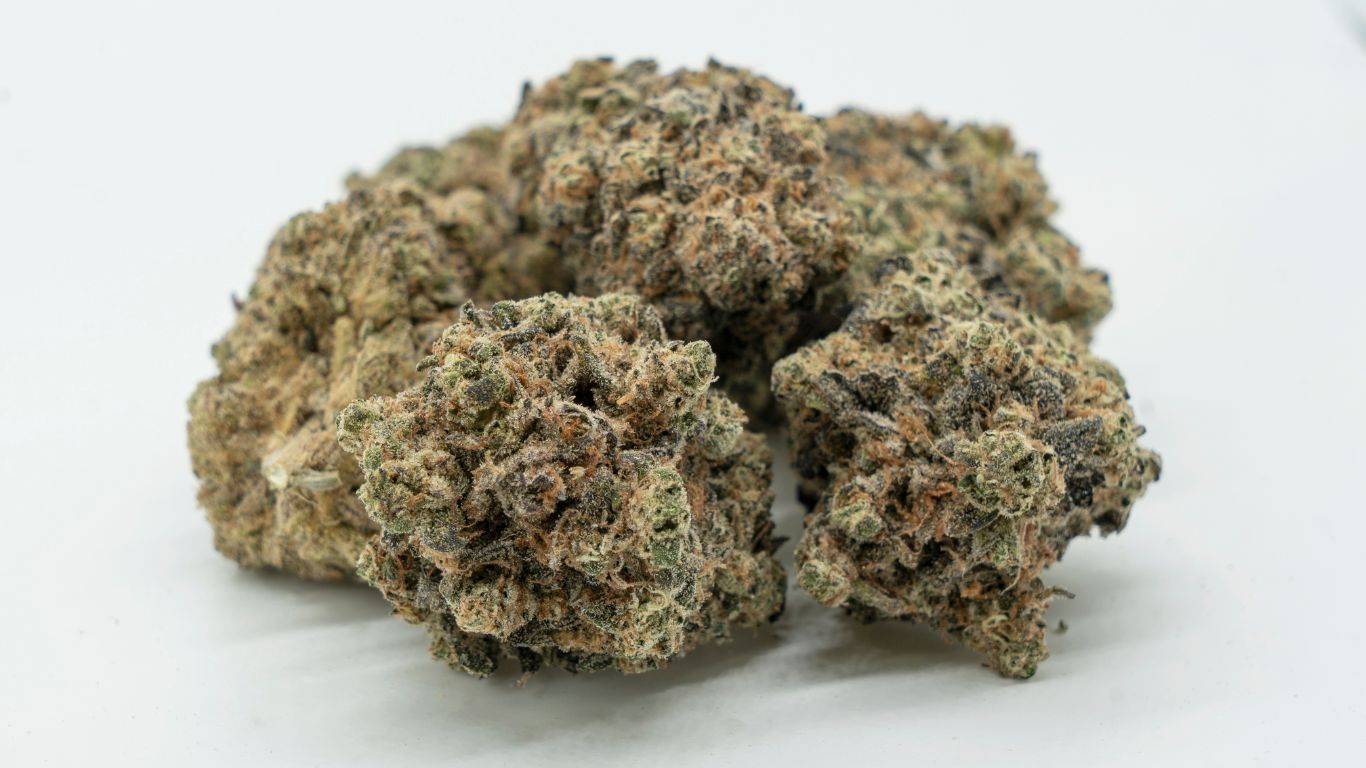
October 17 marks the four-year anniversary of cannabis being legal in Canada. That day marks not only a new beginning in terms of righting a century-long historical wrong but also the culmination of years of work leading up to it.
When Canada finally, formally legalized cannabis on October 17, 2018, it reflected years, even decades, of efforts from a long and diverse mix of activists, advocates, lawyers, bureaucrats, and business owners.
Canadians of many different stripes have long called for the legalization of cannabis, likely not long after it was first made illegal in Canada in 1923. By 1972, with the federal government’s Commission of Inquiry into the Non-Medical Use of Drugs, (the Le Dain Commission), even some in the government were calling for the legalization of possession, use, and cultivation.
But it wasn’t until the early 2000s that there were inroads made in terms of legal allowances for the use of cannabis for medical purposes. Beginning in 2001 with very limited allowances, the program grew over time, pushed by numerous successful legal challenges (such as R v Smith, Hitzig v Canada, Sfetkopoulos v Canada, and others) and from within the government.
By 2013, at least partially in response to the rapid expansion of the then Marihuana Medical Access Regulations (MMAR) that allowed for both personal and designated growers for those who were authorized to use cannabis for medical purposes, the federal government launched the Marihuana for Medical Purposes Regulations (MMPR). This program, launched by Harper’s Conservative government, removed the right of people to grow their own or designate someone to do so for them and, in its place, established a highly regulated commercial program for companies to supply that cannabis.
While the MMPR was ruled unconstitutional in 2016, the new Liberal federal government then replaced it with a combination of the two previous programs, one that kept the growing commercial program of federal-licensed cannabis producers, but also brought back the personal and designated grower program under the ACMPR (Access to Cannabis for Medical Purposes Regulations) launched the same year.
Around the same time, and buoyed by a promise to legalize by then-candidate Justin Trudeau in 2013, medical cannabis dispensaries—operating outside of any government regulations—began popping up in cities like Vancouver, Victoria, and Toronto.
Although a handful of activist-run compassion clinics and dispensaries had operated in places like Vancouver and Victoria since the late 90s and early 2000s, by 2014 there were, by some estimates, nearly 100 of these illegal retailers in Vancouver alone: so many that the city eventually decided to go ahead and regulate them, even without federal approval.
This “green wave” then continued from BC east across the country with dozens of illegal stores opening in and around cities like Toronto and, to a lesser degree, Montreal. These, however, were met with a decidedly less tolerant approach.
While some were either jumping the gun on legalization or just looking to cash in on the green wave (some were making $10,000 or more a day), the new Liberal federal government—elected in late 2015 with a promise to legalize and “strictly regulate” cannabis—was beginning to move forward with their promise.
On April 20, 2016, then Federal Health Minister Jane Philpott announced that the Liberal government would introduce legislation to legalize cannabis in spring 2017. On June 30, 2016, the government announced their Task Force on the Legalization and Regulation of Cannabis, which culminated in a report by the end of the same year.
That report then informed the creation of legislation, Bill C-45 and its companion legislation Bill C-46, which was introduced to the House of Commons on April 17, 2017. The bill then took more than a year to pass through vigorous debate and resistance from opposition parties, who sought to either delay or kill the bill entirely. It finally passed and received royal assent on June 21, 2018, coming into force on October 17, 2018—the first official day of cannabis being legal in Canada for more than just medical use.
This, however, was not the end of the process. The bill gave an extra year for the creation of regulations for additional cannabis products such as infused foods and beverages, extracts, topicals, and vape pens. The government also included language in the Cannabis Act to require a review of the legislation after three years to ensure it was not causing negative societal harm, something the government is currently undertaking, albeit a year late.
The regulations themselves have also continued to evolve and will continue to do so for the foreseeable future. While there have been no major changes to the regulations since the allowance of edibles, extracts and topicals, the government continues to adjust the regulations, from streamlining licensing processes, to proposed changes on how many beverages can be sold and possessed, or what kinds of flavours can be used in vape pens.
Provinces, that manage the distribution and sale of cannabis in their borders, have also been making considerable changes to their own rules, in most cases streamlining and pulling back restrictions, and allowing for a more diverse market with cannabis farmgate, direct delivery, and tourism and commercial consumption spaces.
There are also many other big asks from consumers and the industry, from an increase of the current 10mg THC limit for edibles, to changes in the high rates of taxation.
And the market has a long way to go, with a little over half of Canadians getting at least some of their cannabis from legal sources. This is expected, though, says legalization Task Force Chair Anne McClellan, who said she expected around 80% of the black market to be gone after ten years.
In ten years, the market will likely look a lot different, with new products and likely fewer legal restrictions. As many have said before, legalization is not a destination, it’s a process. Canada is now four years into a process that will take many more years to refine. It may never get it “right”, but it will continue to get closer.











